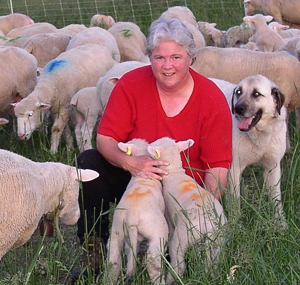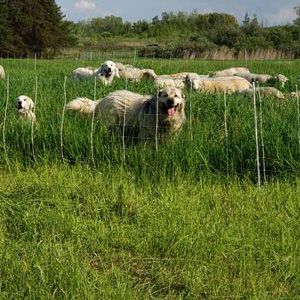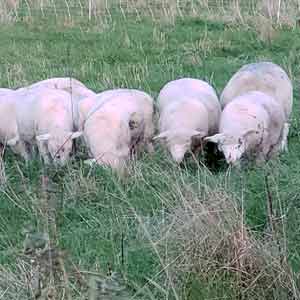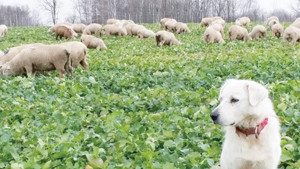Neither animals nor soils will benefit from the practice
By Janet McNally
Recently I heard a fellow grazier advocating that we should be grazing the stems of pasture forages.
His reasoning is that with the leaves gone, the stems pull energy from the roots. With no photosynthesis from the leaves, the plant cannot replace that energy. So the plant is better off with the stems gone. He admitted he was in the minority with that opinion.
Continue reading “Why you should avoid grazing coarse stems”




